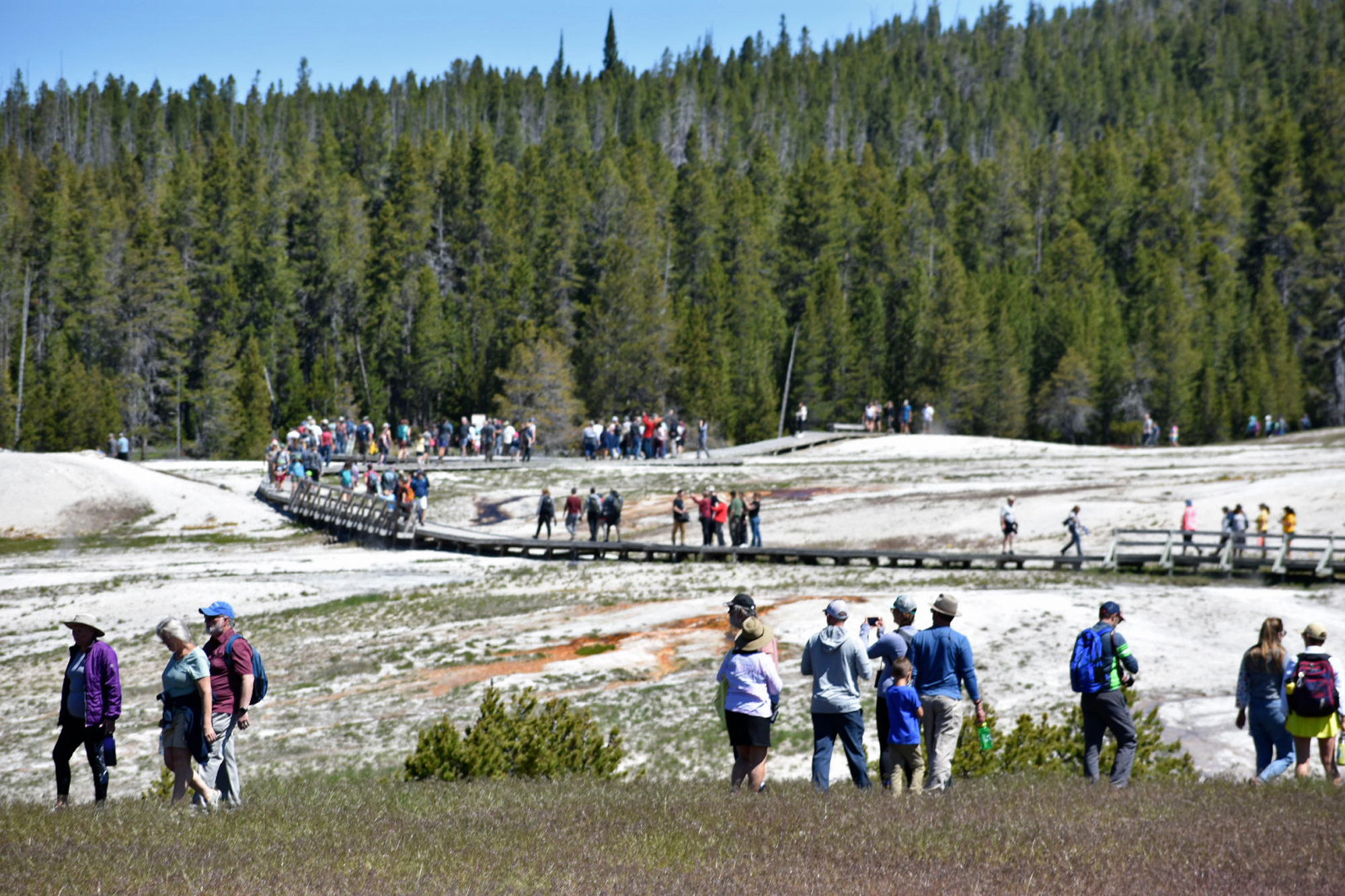Millions of tourists from around the world flock to Arizona every year to see the Grand Canyon’s red rock formations. But from January, international visitors will have to cash out an extra $100 to tour the Unesco world heritage site.
It is among 11 national parks, including Yellowstone and Yosemite, that will have “America-first” entry policies.
At present, all visitors pay fees ranging from $10 to $35 per vehicle, with no differentiation according to residency or citizenship.
• Sign up for The Times’s weekly US newsletter
The cost of an annual pass, which many tourists will opt for if they intend to visit more than one park, will also rise sharply next year. From January, it will increase from $80 to $250 for foreign visitors.
Announcing the initiative on Tuesday, Doug Burgum, the secretary of the interior, said the Trump administration “always puts American families first”.
He said: “These policies ensure that US taxpayers, who already support the national park system, continue to enjoy affordable access, while international visitors contribute their fair share to maintaining and improving our parks for future generations.”

Tourists visiting Mather Point at Grand Canyon National Park
ROSS D FRANKLIN/AP
At least 80 per cent of the funding from the fee will be used in the park where it was collected, according to the National Park Service. The remainder will be distributed among sites that generate a smaller amount of revenue or do not collect fees.
The Property and Environment Research Centre, a US-based think tank, estimated that the $100 surcharge would increase revenue for national parks from $349 million to $1.5 billion a year.
The interior department, which is responsible for the management and conservation of federal lands, said it would hold “resident-only patriotic fee-free days” on some holidays next year, including “Flag Day/President Trump’s birthday” on June 14.
America’s roughly 100 national parks have been grappling with steep budget cuts and a significant drop in international visitors to the US, particularly from Canada.
Canadian arrivals fell by nearly 18 per cent year on year in the first half of this year, a drop of more than 1.7 million visits, according to figures from the US International Trade Administration. Trump has previously suggested the US should annex Canada and has imposed 25 per cent tariffs on most imports from its northern neighbour.

The Upper Geyser Basin in Yellowstone National Park
MATTHEW BROWN/AP
The fee structure will be seen as a means of boosting the revenue of the beleaguered National Park Service, which has lost almost a quarter of its staff since the beginning of Trump’s second term.
The agency is also recovering from the impact of the longest government shutdown in the country’s history. Though most parks remained open during the 43-day closure, staff were furloughed and fees were not collected.
The announcement follows an executive order in July in which Trump ordered the parks to increase entry fees for foreign tourists. Foreigners who are authorised to live in the US will not be charged the new fees.

